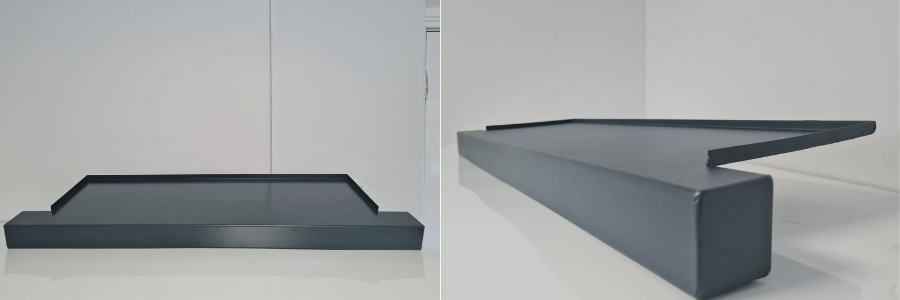As we become increasingly aware of our environmental impact, the building industry is undergoing a significant transformation. Among the most critical components of eco-friendly construction are windows, which play a vital role in energy efficiency and aesthetics. But what about the materials used in their frames and sills? Enter the world of recyclable window materials, paving the way for a more sustainable future.

The Importance of Sustainable Materials
Windows are more than just openings in walls; they are essential for natural light, ventilation, and insulation. However, traditional window materials like vinyl and aluminum often have significant environmental footprints. From production to disposal, these materials can contribute to waste and pollution. This is where sustainable and recyclable materials come into play, offering an alternative that reduces environmental impact without sacrificing performance.
Innovative Materials Leading the Way
Recycled Aluminum
Aluminum has long been a popular choice for window frames due to its durability and lightweight nature. However, its production is energy-intensive. Fortunately, recycled aluminum requires only 5% of the energy to produce compared to new aluminum, making it a greener choice. Many manufacturers are now using recycled aluminum for window frames, significantly lowering their carbon footprint.
Fiberglass
An increasingly popular option, fiberglass is known for its strength, thermal performance, and resistance to moisture. The latest innovations have led to the development of recyclable fiberglass composites, which can be reused and repurposed at the end of their life cycle. This makes them an attractive choice for sustainable construction.

Wood and Wood Composites
Wood has always been a classic choice for window frames, and sustainably sourced wood is a fantastic option for eco-conscious homeowners. Manufacturers are now producing wood composites that combine recycled wood fibers with resin, offering durability while also being recyclable. This approach supports the circular economy by reducing waste.

Upcycled Materials
Some companies are taking sustainability a step further by utilizing upcycled materials to create window sills and frames. For example, reclaimed wood or repurposed plastic can be transformed into beautiful, functional window components, giving new life to materials that might otherwise end up in a landfill.
The Benefits of Recyclable Window Materials
- Energy Efficiency: Many sustainable materials offer excellent insulation properties, helping to reduce energy consumption and lower utility bills.
- Durability: Recyclable materials like fiberglass and aluminum are built to last, meaning fewer replacements and less waste over time.
- Aesthetic Variety: Sustainable options come in a range of styles and finishes, allowing homeowners to choose designs that fit their personal taste without compromising on sustainability.
- Reduced Environmental Impact: Choosing recyclable materials supports the reduction of waste and pollution, contributing to a healthier planet.
Making the Switch
If you’re considering new windows or renovations, look for manufacturers committed to sustainability. Ask about their materials, production processes, and recycling programs. Many companies are transparent about their eco-friendly initiatives and can provide certifications that demonstrate their commitment to sustainable practices.

Conclusion
As we move towards a more sustainable future, the choice of materials for windows plays a crucial role. Sustainable sills and recyclable window materials not only contribute to a healthier environment but also enhance the beauty and efficiency of our homes. By embracing these innovative materials, we can make a positive impact on our planet—one window at a time.
Are you ready to transform your living space with sustainable windows? The future of eco-friendly construction is bright, click the link below and start making choices today.


